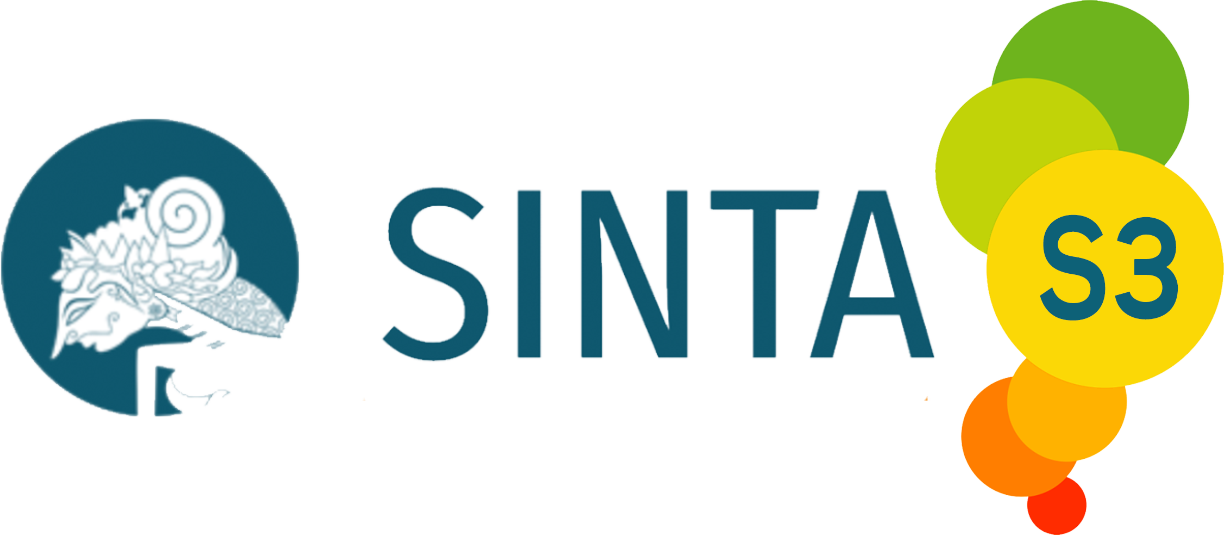Capability for Exploration Students in Statistical Literacy: A Case of Quantitative Reasoning
Authors
Mochamad Guntur , Allen Marga Retta , Nining Andriani , Pariang Sonag SiregarDOI:
10.29303/jm.v7i2.8952Published:
2025-05-22Issue:
Vol. 7 No. 2 (2025): Edisi JuniKeywords:
Face to Face Learning, Online Learning, Presenter Learning, Statistical Literacy, Tutorial LearningArticles
Downloads
How to Cite
Downloads
Metrics
Abstract
Statistics is often considered a challenging subject, where high levels of anxiety can hinder understanding of the material, affect results, and hinder the development of statistical skills. This study aims to analyze effectiveness of four learning strategies namely tutorial learning, presenter learning, project online learning, and project face to face learning in improving students' statistical literacy skills. This study used a quantitative approach with a posttest group design research design involving 140 students who were divided into four treatment groups. The analysis technique used is MANOVA (Multivariate Analysis of Variance) with the stages of normality test, homogeneity, multiple comparisons, and Tukey HSD further test. The results show that Tutorial Learning, Presenter Learning, and Project Face to Face Learning strategies have a more significant impact on improving statistical literacy. The three strategies showed relatively balanced effectiveness in improving students' statistical skills. This finding confirms the importance of selecting appropriate learning strategies to promote a deep and meaningful understanding of statistics. This research provides an empirical contribution to the development and selection of appropriate learning strategies, especially in statistics education at the tertiary level. It also recommends further exploration of innovative, contextual, and adaptive combinations of learning strategies to students' needs.
References
Abdullah, K., Jannah, M., Aiman, U., Hasda, S., Fadilla, Z., Taqwin, Masita, & Ardiawan, K. N. (2022). Metodologi penelitian kuantitatif. Yayasan Penerbit Muhammad Zaini.
Abou-Khalil, V., Helou, S., Khalife, E., Chen, M. R. A., Majumdar, R., & Ogata, H. (2021). education sciences Emergency Online Learning in Low-Resource Settings : Effective Student Engagement Strategies. Education Sciences, 11(24), 180–197. https://doi.org/10.3390/educsci11010024
Berndt, M., Schmidt, F. M., Sailer, M., Fischer, F., Fischer, M. R., & Zottmann, J. M. (2021). Investigating statistical literacy and scientific reasoning & argumentation in medical-, social sciences-, and economics students. Learning and Individual Differences, 86(4), 101-108. https://doi.org/10.1016/j.lindif.2020.101963
Biza, I., & Vande Hey, E. (2015). Improving statistical skills through students’ participation in the development of resources. International Journal of Mathematical Education in Science and Technology, 46(2), 163–186. https://doi.org/10.1080/0020739X.2014.950707
Corbo, A. R., & Sasaki, D. G. G. (2021). Using active learning methodologies in an introductory statistics course. Statistics Education Research Journal, 20(2), 113–222. https://doi.org/10.52041/SERJ.V20I2.113
Damanik, N., Malau, O. L., Sinaga, S., & David, R. (2025). Implementasi pendekatan zone of proximal development (zpd) dalam mengatasi kesulitan pada materi struktur aljabar. Journal Islamic Social Sciences and Humanities, 3(1), 55–64. https://doi.org/https://doi.org/10.47134/paud.v2i2.1272
Eshet, Y., Steinberger, P., & Grinautsky, K. (2021). Relationship between statistics anxiety and academic dishonesty: a comparison between learning environments in social sciences. Sustainability (Switzerland), 13(3), 1–18. https://doi.org/10.3390/su13031564
Garber, A. M. (2019). Data science: what the educated citizen needs to know. Harvard Data Science Review, 29(3), 1–14. https://doi.org/10.1162/99608f92.88ba42cb
Goode, C. T., Lamoreaux, M., Atchison, K. J., Jeffress, E. C., Lynch, H. L., & Sheehan, E. (2018). Quantitative skills, critical thinking, and writing mechanics in blended versus face-to-face Versions of a research methods and statistics course. Teaching of Psychology, 45(2), 124–131. https://doi.org/10.1177/0098628318762873
Gould, R. (2017). Data literacy is statistical literacy. Statistics Education Research Journal, 16(1), 22–25. https://doi.org/https://doi.org/10.52041/serj.v16i1.209
Hair, J. F., Black, W. C., Babin, B. J., Anderson, R. E., Black, W. C., & Anderson, R. E. (2022). Multivariate data analysis eighth edition. CECANGE: Australia
Hardani, Auliya, N. H., Andriani, H., Fardani, R. A., Ustiawaty, J., Utami, F., & Juliana, D. (2020). Metode penelitian kualitatif & kuantitatif. CV. Pustaka Ilmu.
Hasim, S. M., Rosli, R., & Halim, L. (2024). A quantitative case study of secondary school students’ level of statistical thinking. Eurasia Journal of Mathematics, Science and Technology Education, 20(4), 2421–2429. https://doi.org/10.29333/ejmste/14358
Hidayati, N. A., Waluya, S. B., Rochmad, Sukestiyarno, Y. L., Suyitno, H., & Walid. (2021). Statistic literation profile viewed from thinking level middle order thinking skills (mots). Journal of Physics: Conference Series, 1918(4), 191–203. https://doi.org/10.1088/1742-6596/1918/4/042119
Mazouchová, A., Jedličková, T., & Hlaváčová, L. (2021). Statistics teaching practice at czech universities with emphasis on statistical software. Journal on Efficiency and Responsibility in Education and Science, 14(4), 258–269. https://doi.org/10.7160/eriesj.2021.140405
Nguyen, H., Maher, E. M., Chamblee, G., & Taylor, S. (2023). K-8 preservice teachers’ statistical thinking when determining best measure of center. International Journal of Education in Mathematics, Science and Technology, 11(2), 440–454. https://doi.org/10.46328/ijemst.2365
Salsabila, Y. R., & Muqowim. (2024). Korelasi antara teori belajar konstruktivisme lev vygotsky dengan model pebelajaran problem based learning (pbl). Jurnal Inovasi Penelitian Pendidikan Dan Pembelajaran, 4(3), 813–827. https://doi.org/https://doi.org/10.51878/learning.v4i3.3185
Schreiter, S., Friedrich, A., Fuhr, H., Malone, S., Brünken, R., Kuhn, J., & Vogel, M. (2024). Teaching for statistical and data literacy in K-12 STEM education: a systematic review on teacher variables, teacher education, and impacts on classroom practice. ZDM - Mathematics Education, 56(1), 31–45. https://doi.org/10.1007/s11858-023-01531-1
Sharma, S. (2017). Open review of educational research definitions and models of statistical literacy : a literature review. 4(1), 118–133. https://doi.org/10.1080/23265507.2017.1354313
Steinberger, P., Eshet, Y., & Grinautsky, K. (2021). No anxious student is left behind: statistics anxiety, personality traits, and academic dishonesty—lessons from covid‐19. Sustainability (Switzerland), 13(9), 47–64. https://doi.org/10.3390/su13094762
Suh, H., Kim, S., Hwang, S., & Han, S. (2020). Enhancing preservice teachers’ key competencies for promoting sustainability in a university statistics course. Sustainability (Switzerland), 12(21), 1–21. https://doi.org/10.3390/su12219051
Tsai, Y. C. (2024). Empowering students through active learning in educational big data analytics. Smart Learning Environments, 11(1), 1–21. https://doi.org/10.1186/s40561-024-00300-1
Woodard, V., Lee, H., & Woodard, R. (2020). Writing assignments to assess statistical thinking. Journal of Statistics Education, 28(1), 32–44. https://doi.org/10.1080/10691898.2019.1696257
License
Copyright (c) 2025 Mochamad Guntur, Allen Marga Retta, Nining Andriani, Pariang Sonag Siregar

This work is licensed under a Creative Commons Attribution-NonCommercial-ShareAlike 4.0 International License.
















